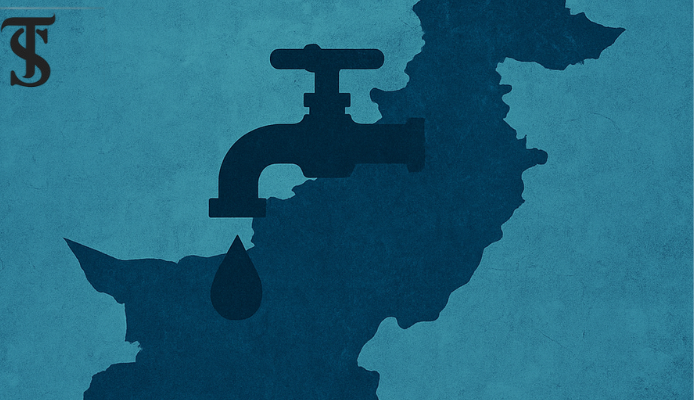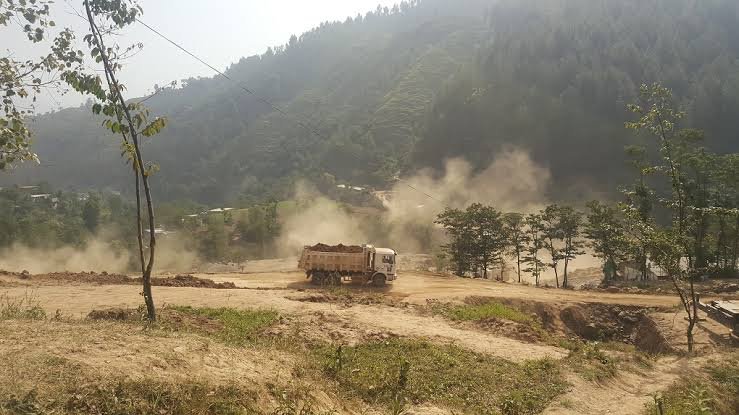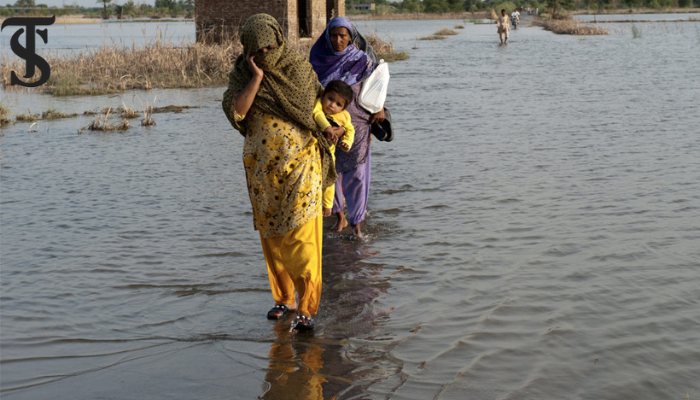Pakistan’s Water Crisis

Water in South Asia is far more than a natural resource—it is a geopolitical fault line, a lifeline to millions, and a source of both employment and conflict. At the heart of this complex matrix lies the Indus Waters Treaty (IWT), a Cold War-era agreement brokered by the World Bank between Pakistan and India in 1960. Long celebrated as a landmark in transboundary water diplomacy, the treaty now teeters on the brink, strained by climate change, population growth, and escalating hostility between two nuclear-armed neighbors.
Pakistan, already struggling with an acute water crisis, faces not only external challenges but also the consequences of internal mismanagement. Meanwhile, India has adopted a more aggressive stance regarding its rights over the rivers. With recent developments undermining the spirit of IWT commitments, it is imperative to reassess the treaty’s relevance today and seek forward-looking policies to secure Pakistan’s water future.
The IWT granted India control over the eastern rivers—Ravi, Beas, and Sutlej—while Pakistan received rights to the western rivers—Indus, Jhelum, and Chenab. This arrangement recognized Pakistan’s downstream dependency and its agricultural reliance on the Indus Basin. For over six decades, the treaty has withstood wars and political tensions, primarily due to its robust dispute-resolution mechanism and apolitical framework.
However, India’s recent unilateral actions mark a significant departure from past norms. In June 2025, India officially declared it would no longer engage with the treaty’s dispute settlement mechanisms, having previously withdrawn from cooperation, citing Pakistan’s alleged involvement in cross-border terrorism (Reuters, 2025). This move effectively removes the diplomatic buffer that once protected Pakistan’s water interests.
According to the World Resources Institute, Pakistan ranks among the ten most water-stressed countries globally. The Pakistan Council of Research in Water Resources (PCRWR) has warned that the country could face severe water scarcity by 2025 if current consumption patterns persist. Per capita water availability has plummeted from 5,260 cubic meters in 1951 to less than 900 cubic meters today—well below the threshold for water scarcity.
This is no distant concern. In agricultural heartlands like Punjab and Sindh, diminishing river flows are already disrupting seasonal crop cycles. Agriculture employs about 38 percent of Pakistan’s workforce and contributes roughly 19 percent to the GDP. Reduced water availability poses a direct threat to food security, farmers’ livelihoods, and rural stability.
Moreover, the Himalayan glaciers that feed the Indus Basin are melting at a rate faster than previously estimated. Research by the International Centre for Integrated Mountain Development (ICIMOD, 2022) projects that more than one-third of glacier volume could be lost by 2100, even under scenarios where global emissions align with the Paris Agreement.
The crisis is not just about quantity but timing. Climate change is altering snowmelt patterns, causing unseasonal floods followed by prolonged droughts. Pakistan’s outdated irrigation infrastructure—where over 60 percent of water is wasted due to seepage and mismanagement—makes the country ill-equipped to adapt.
India’s increasing investment in hydroelectric infrastructure on the western rivers—especially on the Chenab and Jhelum—has raised valid concerns in Pakistan. Projects like Kishanganga and Ratle have already been contested under IWT provisions. Although India defends these projects as “non-consumptive” uses permitted by the treaty, their cumulative impact threatens the predictability of water flows, particularly during peak sowing seasons. Moreover, during times of heightened tension, India’s ability to temporarily divert or reduce water flows has been used as a geopolitical lever—as was implied following the Pulwama attack in 2019 and again in 2025 (Shah, 2025).
While India’s actions exacerbate the crisis, Pakistan’s internal water governance is deeply flawed. Groundwater, once a backup during river shortages, is now being over-extracted. In cities like Lahore, groundwater levels are declining by more than one meter annually. Unregulated tube wells and the absence of monitoring have rendered groundwater use unsustainable.
Pakistan also lacks a coherent and effectively implemented National Water Policy. Despite adopting a water policy in 2018, inter-provincial coordination remains weak. Provinces like Sindh and Balochistan frequently voice grievances about unfair water distribution by upstream Punjab, fueling ethnic and regional tensions. Without a data-driven water accounting system, these conflicts are likely to intensify.
While a full renegotiation of the IWT may be unrealistic, Pakistan must push for a revised protocol that accounts for climate realities, modern dispute resolution mechanisms, and more assertive third-party mediation (World Bank, 2023). The World Bank’s facilitative role should be revitalized. Domestically, Pakistan must modernize its irrigation infrastructure, promote drip and sprinkler systems, and subsidize the cultivation of less water-intensive crops. There is an urgent need to move away from water-guzzling crops like sugarcane and rice.
Conservation measures such as the licensing of tube wells, rainwater harvesting, and water-sensitive urban design (WSUD) must be integrated into city planning. Water issues should be decoupled from broader political tensions and addressed through a regional South Asian water council. Confidence-building initiatives like joint glacial monitoring, flood forecasting, and environmental conservation can lay the groundwork for regional cooperation.
Finally, water conservation must become a national movement. From school curricula to religious sermons, water stewardship should be embedded in the civic and moral fabric of society. The Indus Basin once symbolized cooperation in a volatile region. Today, it stands at a precipice, challenged by climate change, governance failure, and rising nationalism. For Pakistan, the stakes are existential. This is not merely about irrigation systems and dams—it’s about the fundamental rights to life, food, and dignity. Reclaiming Pakistan’s water future demands bold reforms at home and assertive diplomacy abroad. The time to act is not tomorrow—it is now.
Ask ChatGPT

Bushra Noor
The author is a student of BS English at Fatima Jinnah Women University Rawalpindi.





